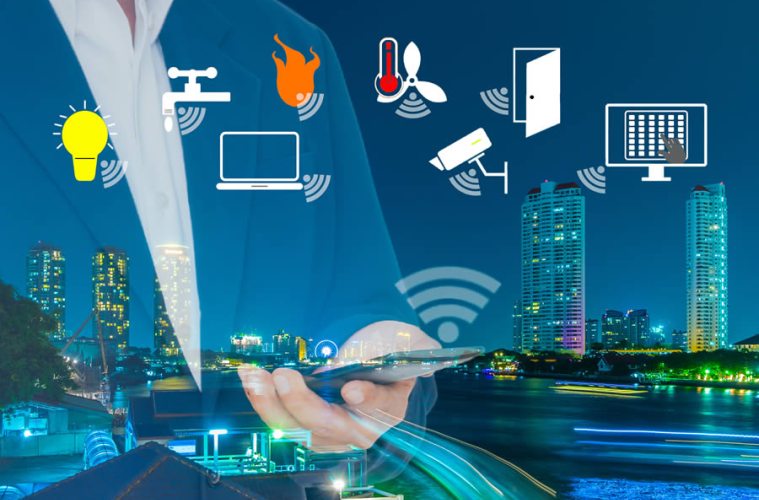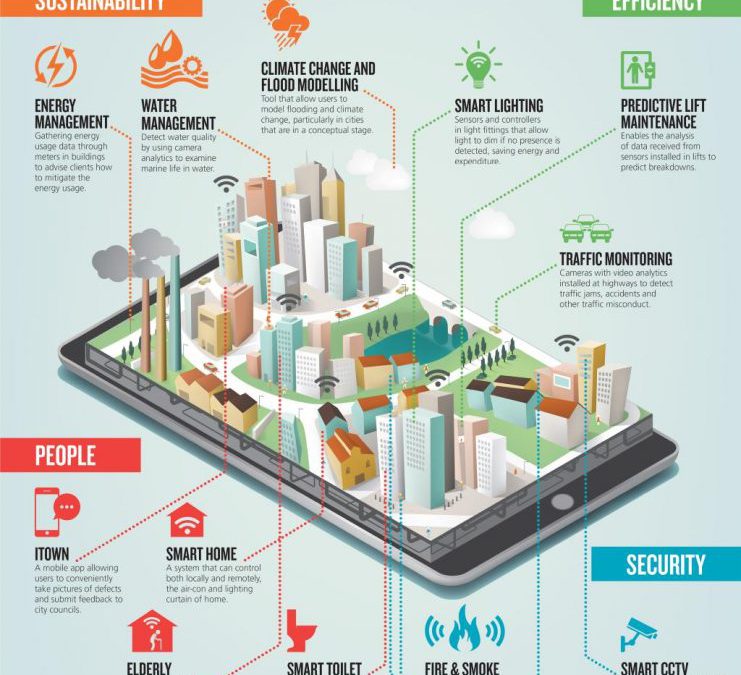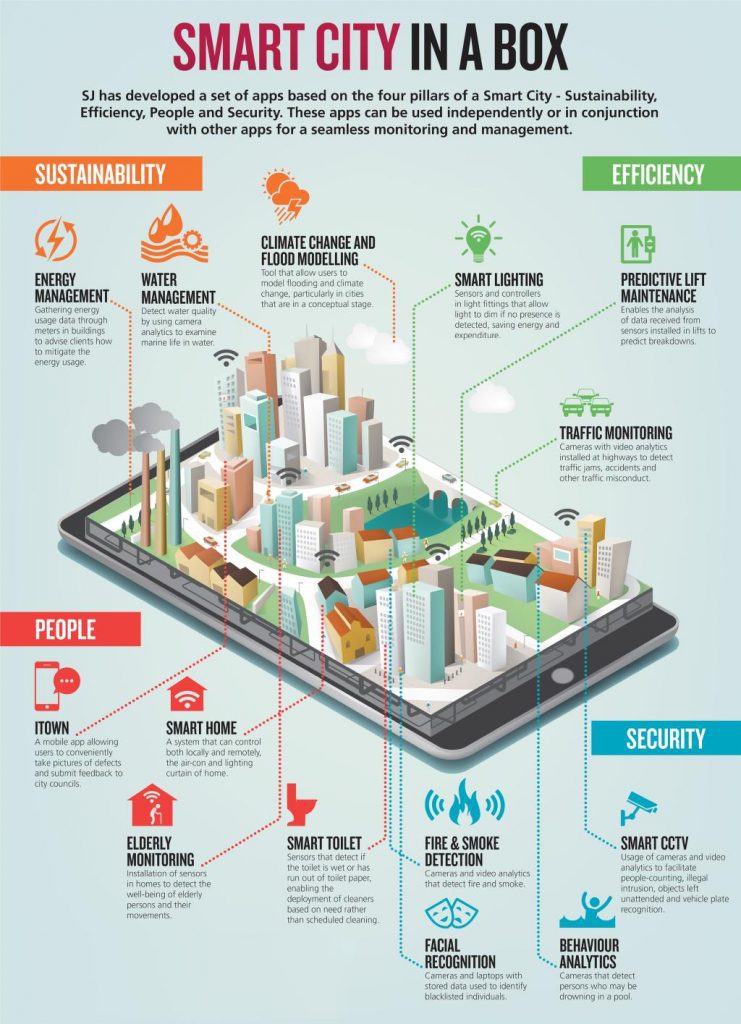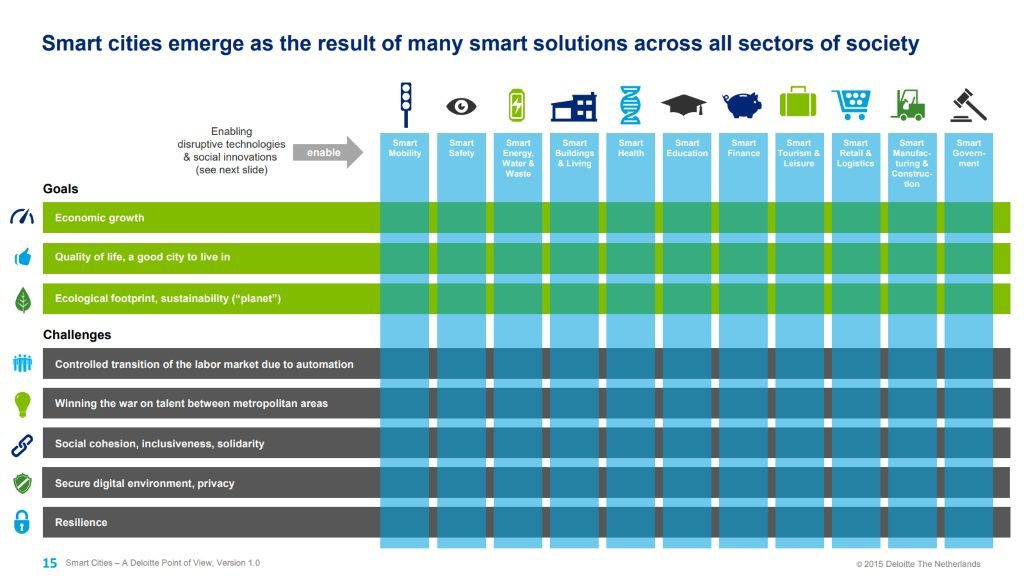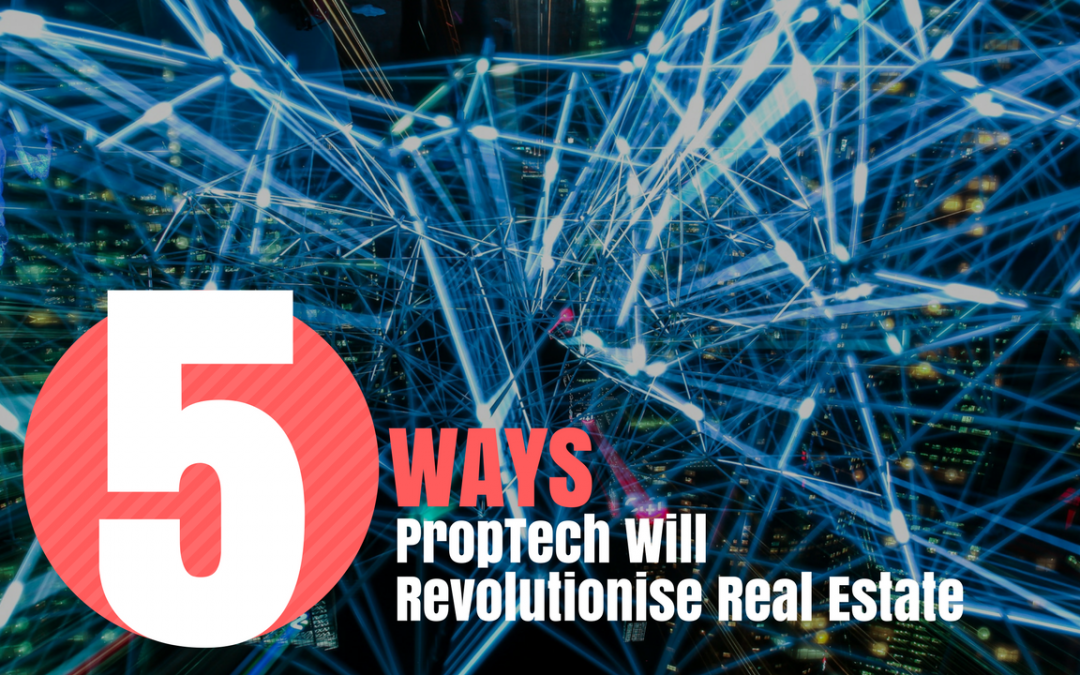- Technology enables flexibility to match the uncertain future for many businesses.
- A cultural shift is taking place where CRE is evolving into a service-based industry.
- Strong brand recognition and adaptability are key for landlords and operators to survive.
Advanced digitisation is sweeping across every sector and the property industry has not escaped its grasp, especially when we look at the rise of PropTech products and services.
But what exactly is PropTech?
It’s another catchphrase that simple describes the technology being tailored to the property industry. It’s the ubiquitous wifi connectivity, smart access systems, advanced software systems and robot receptionists designed to make your experience in a building as seamless as possible.
Consequently, PropTech is changing the face of our offices and forcing landlords to embrace a service-based culture. One New York City-real estate expert even predicts the rise of real estate as a service-based industry where landlords will own no assets, tenants will not take leases, and the concept of office-as-a-building will no longer exist.
It’s a sentiment echoed by Marcus Moufarrige, COO at serviced office provider Servcorp. Moufarrige believes technology is at the heart of this change, “there are two changes that happen with technology: fundamental and peripheral changes. While there are not many fundamental changes that take place in technology, there have been thousands of peripheral changes that have happened around these fundamental changes that interconnect their capability.”
What does this mean for the real estate industry? It means that the impact of PropTech will be steady and continuous, with the following highlights:
- Flexibility is key
The way operators and landlords run their buildings is undergoing continuous, incremental change, according to Moufarrige, who explained that “there is a lot of volatility in the market, so business owners do not know where their businesses will be in the future.
“So we need to structure the [real estate] business so it’s flexible, which means we need more coworking spaces and increased efficiencies. As a result, technologies including artificial intelligence and robotics, coupled with data analytics, could now affect your head count as a landlord as they allow you to meet these new flexibility demands and, ultimately, offer a better customer experience.”
This demand for smart buildings and smarter landlords was prevalent at the recent Disrupt CRE conference in New York City. From machine learning to big data, the key message was, “If you’re in the CRE business, you’re in the technology business” – and creating a human-centric workplace or building experience is key in moving forward.
- No more tenants, only customers
This new emphasis on the customer experience is a change of direction for the real estate industry. “It comes down to the customer experience, which has not been a priority for landlords. But there are a lot of opportunities for landlords to improve the customer experience through automation and, for example, allowing tenants to securely access a building space,” Moufarrige added.
The change from running a property company to running a hospitality-minded business is not an easy transition and this will, initially, need to be outsourced to specialist companies. Moufarrige said: “A quick fix is to operate a flexible workspace and bring a service culture into your portfolio.”
To build that capability and expertise “takes time and knowledge”, according to Moufarrige, and landlords should outsource to specialist companies to help them learn how to operate in this new, flexible world of work.
For example, Chinese coworking brand Ucommune recently launched a bespoke IT and design service. Known as “U Bespoke”, this made-to-order consultancy service integrates interior and IT system design for landlords and corporate members, as part of the company’s evolution into a total workplace solution provider.
- Attitudes will need to change
It’s not just the technology that needs upgrading, a cultural shift is also required in the real estate business, according to Moufarrige, who said: “The [real estate] industry is the only industry where we do not have customers; we have tenants. There is a mentality where the landlord truly is the ‘lord’ and the tenant is the ‘minion’, and that should not exist in the modern world.”
But attitudes are changing. “Phenomena such as working from home has had an impact where tenants need to use a space more effectively. Many landlords are embracing change to get a better return.”
Again, this change comes back to flexibility where companies and individuals can hotdesk and use coworking spaces or office space on an adhoc basis. It’s also a prevalent trend as the number of corporate or enterprise customers (those with 1,000 or more employees) using WeWork has doubled from last year to more than 1,000 businesses and 25% of WeWork’s annual revenue now comes from such companies.
- Brand recognition means a better bottom line
Landlords who take a service-based approach and use technology to improve the customer experience will realise a range of benefits. For example, if you can move between the floors of a building without losing your VPN or wifi connection, you’ve just resolved a major headache for many office workers.
This positive experience will improve your brand recognition. “This seamless portfolio experience is important going forward. We’re seeing this already in New York where tenants are looking for a better customer experience – and this trend is starting to spread around the world.”
Speaking at the Disrupt CRE conference one speaker said: “The tenant experience is important to us because that’s what attracts people to our buildings.”
To create that experience, owners are taking older buildings off the market, and they are adding amenities and technology to be more competitive. “Landlords want to be able to take the technology innovation they’ve built into their building and say to a prospective tenant, ‘Hey, you should come to our building because your employees are going to be X more productive and efficient than the guy next door,’” they added.
- There is a limit to growth
Such change is not without its challenges, however. “Property is not an easy business [and] it is difficult to achieve hypergrowth. However, there is real change coming driven by the ambitions of people like WeWork and flexibility enabled by technology is a driver for making that happen,” he added.
However, Frank Cottle, chairman of the Alliance Business Center group of companies, feels “that the limits are not really in sight, and that the Future of Work, will include new PropTech elements such as virtual reality, AI and a host of new products that will totally disrupt our existing concepts of the workplace.”
So, we appear to be at a tipping point. And, while PropTech won’t enable world domination for any one operator, it will help landlords and operators to focus on and improve the customer experience to give them a recognisable and trusted brand in the years ahead.
